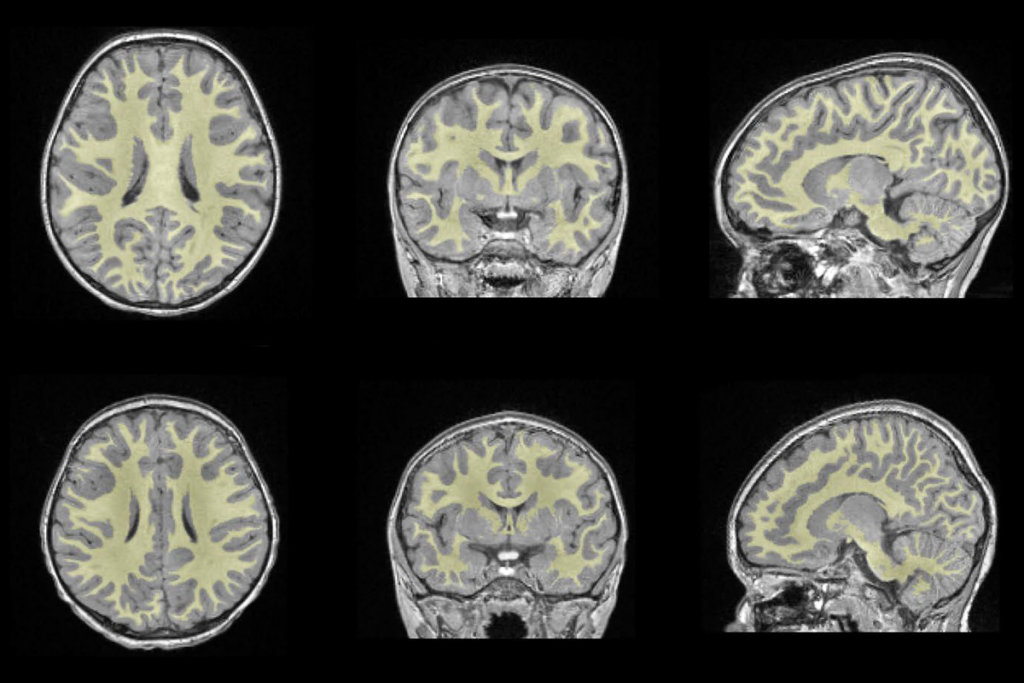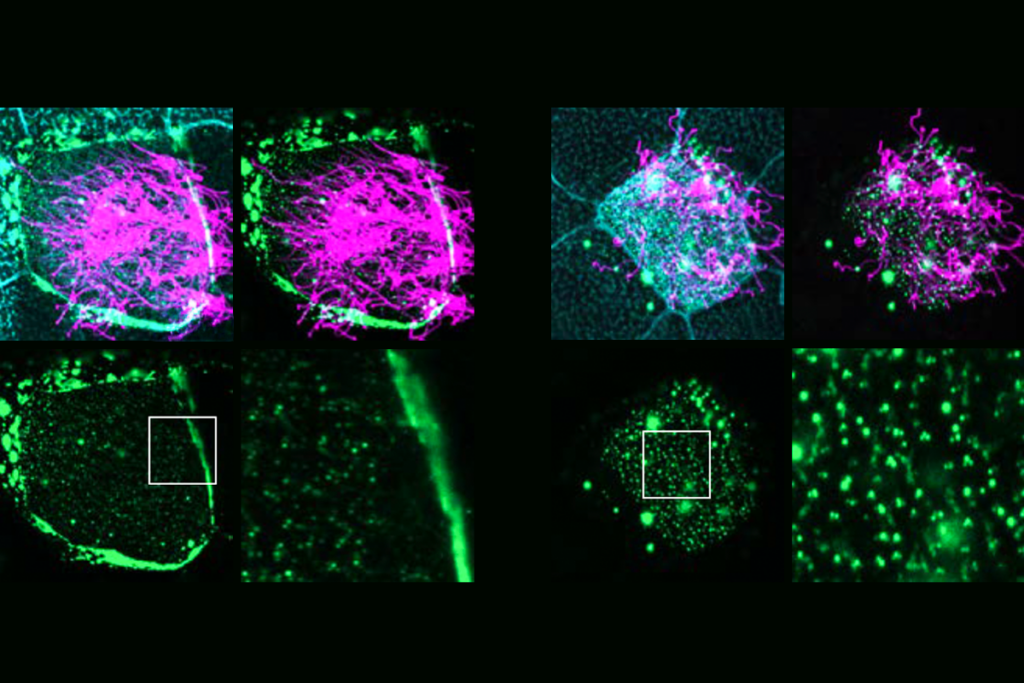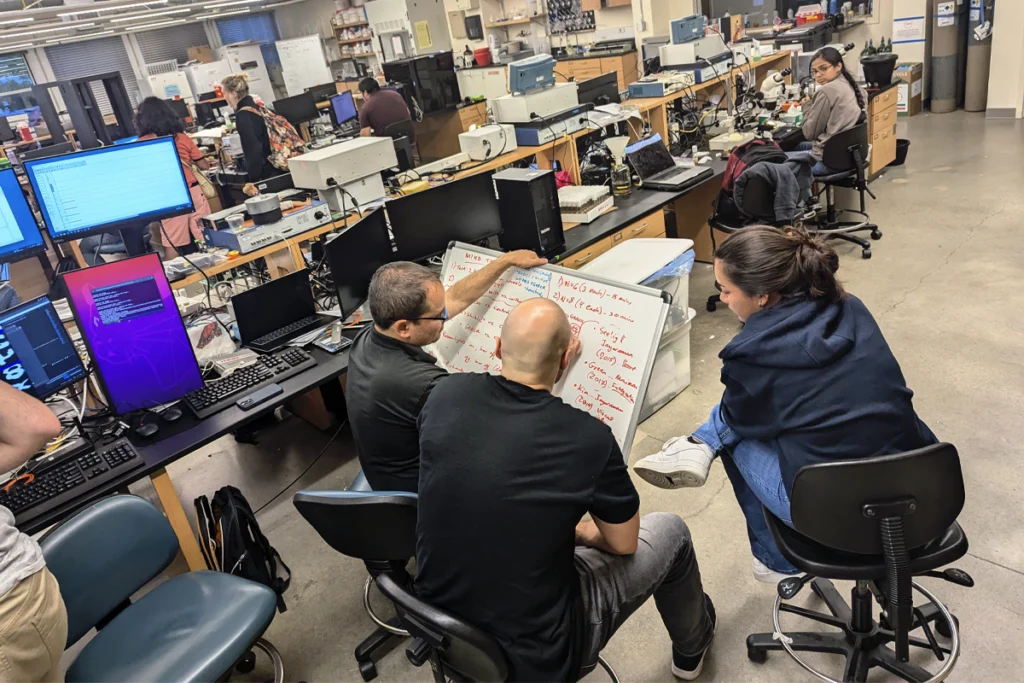Painting a picture
A new technique documents real-time action in neurons by harnessing the changes in light that take place when they fire.
It is hard to be excited about something you can’t see. In my experience, this is one of the biggest challenges in teaching basic biology. Exotic animals or plants may fascinate students, but the complicated dance of microscopic molecules that underlie our existence remains unseen, and often unappreciated.
For this reason, I was excited to read about a new technique, described 11 January in Science Signaling, which documents real-time action in neurons by harnessing the changes in light that take place when they fire.
For example, as a charge passes across an axon, it swells microscopically, increasing the amount of light that can shine through. In the video above, the brighter regions are highlighted with warmer colors, marking the information transmitted across the neuron’s long tentacle, or axon, with a vibrant yellow.
In the video to the right, students can watch neurons release ATP, the energy currency of the cell. For this trick of light, the researchers bathed neurons in luciferase and luciferin — two molecules responsible for the glow of a firefly. ATP powers the firefly molecules, releasing bursts of light seen as bright red dots.
I know firsthand how powerful visual aids can be in teaching scientific concepts: showing students how yeast cells under a microscope shrivel when doused with a high-salt solution is much more effective than a lecture on osmosis or my admonitions that they check the pH of experimental solutions.
These movies of neurons, intended as a teaching resource, illustrate a fascinating process that is even harder to portray — how our very thoughts are relayed through the brain.
Recommended reading

White-matter changes; lipids and neuronal migration; dementia

Many autism-linked proteins influence hair-like cilia on human brain cells

Functional connectivity; ASDQ screen; health burden of autism
Explore more from The Transmitter
David Krakauer reflects on the foundations and future of complexity science

Fleeting sleep interruptions may help brain reset
